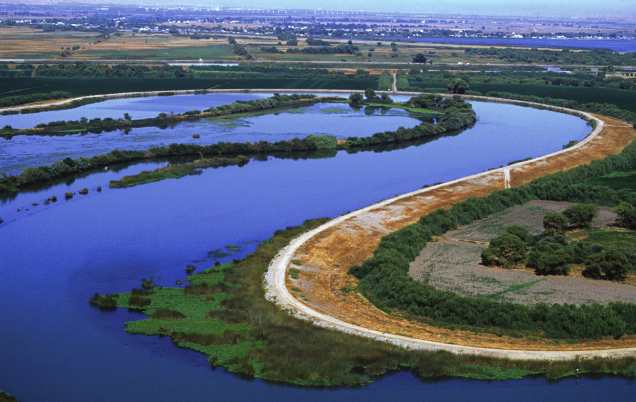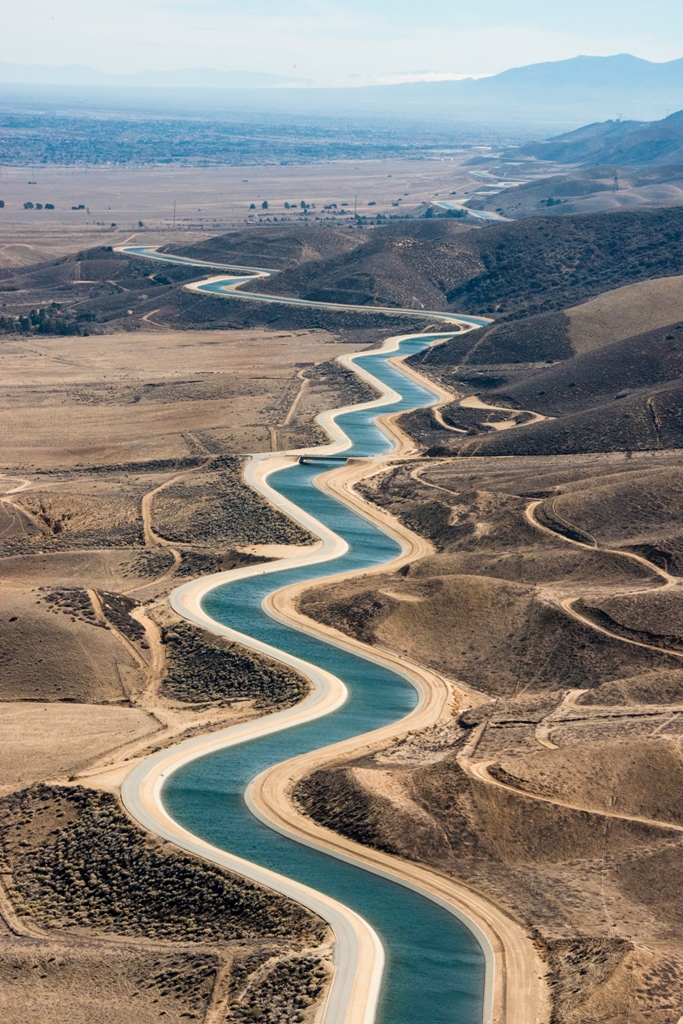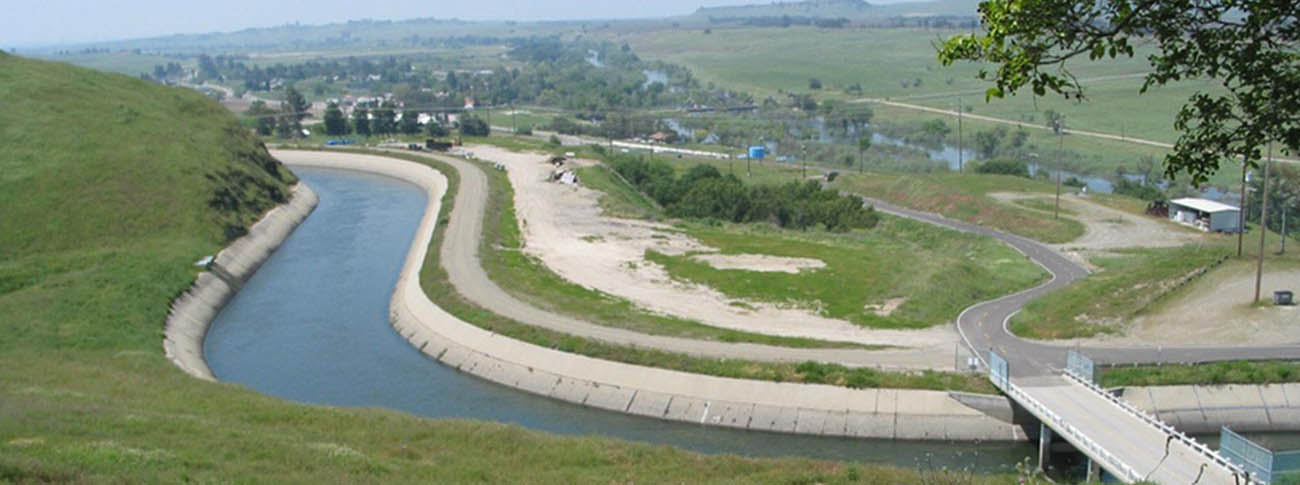
California Bay Delta water (Photo: USGS.gov)
Despite More Water Flows, California’s Coho Salmon Spawning Numbers Plummet
Water, water, everywhere, nor any drop to drink
By Katy Grimes, January 13, 2020 7:14 am
“Water, water, everywhere,
And all the boards did shrink;
Water, water, everywhere,
Nor any drop to drink.”
The Rime of the Ancient Mariner. 1797–98
Despite higher water flows, biologists are reporting some of the worst spawning numbers in nearly a quarter century for Marin County’s coho salmon, according to SPAWN, the Salmon Protection And Watershed Network, as reported by the national marine conservation nonprofit Turtle Island Restoration Network.
This is the result, despite allowing an amount of water equal to a year’s supply for 275 million people flowed under the Golden Gate Bridge and out to the Pacific Ocean, as California Globe recently reported.
California allows more than 50 percent of its water to flow to the ocean for fish, consigning the second 50 percent to be used and rationed by agriculture (40%) and urban users (10%).
California voters have approved more than $30 Billion in water bonds, but the state’s politicians put up roadblocks on new water storage, and instead push water rationing legislation.
California does not have a water shortage, but there is a shortage of common sense and decency in the state’s lawmakers and public officials.
California Globe recently reported:
The U.S. Fish and Wildlife Service recently updated the Endangered Species Act, which will result in bringing much needed water to agriculture and growers in California’s Central Valley.
Under President Donald Trump’s administration, radical Environmental Protection Act regulations have been thoroughly reviewed, relaxed, and some overturned.
Notably, as this process was underway, the Legislature and Gov. Gavin Newsom took their own shot over Trump’s bow with Senate Bill 1, the California Environmental, Public Health, and Workers Defense Act of 2019. “This bill establishes specified minimum federal environmental, public health, and labor standards as state baselines in the event the Congress or President repeals or weakens corresponding federal standards, and prohibits the corresponding California standards from falling below those baselines. In the event that new federal standards fall below the baseline, this bill allows private citizens to enforce state standards,” bill analysis says.
What the bill would really do is send billions of gallons of water out to the Pacific Ocean ostensibly to save more fish, while farmers and ranchers were starved for water, even in maximum rainfall years.
Senate Bill 1, by Sen. President pro Tem Toni Atkins (D-San Diego), preemptively freezes water and clean air regulations to the final day of the Obama administration.
Assemblyman Jim Patterson (R-Fresno) Tweeted his displeasure with the passage of the bill: “SB 1 PASSED 45-22: Sac Dems wouldn’t even listen to their colleagues in DC who are OPPOSED to #SB1. They know this bill freezes outdated bio opinions that put fish over farmers when there is newer data available. They voted for it anyway. Now it’s up to Gov Newsom to veto.”
The biggest misconception is that it doesn’t rain enough in California. The fact is, it does rain, and it rains a lot in Northern California. It even rains in southern California. But rather than collect that water, we throw away most of it away.
Even with more water than ever, “only a total of 44 nests (called redds) were reported so far for Lagunitas Creek, San Geronimo Creek, Woodacre Creek and Arroyo Creek,” Turtle Island Restoration Network reported. “This is despite above average rains that have allowed salmon to migrate upstream unencumbered, and excellent conditions for monitoring the population. While a few more nests may be recorded before the season ends in the next couple of weeks, few if any un-spawned fish have been seen in recent surveys.”
“Marin Municipal Water District reported on Jan. 8 that the most recent survey documented only five coho and two new redds in Lagunitas Creek, San Geronimo Creek, and Devil’s Gulch in the last week. The average for this time of year is about 50 coho and 20 new redds per week.”
They don’t give the reason for the declining salmon population, but we know that it isn’t for lack of water, which is what was previously blamed by the Obama administration and California officials.
There is no water shortage in California; we just throw it away and then claim “drought!”
- Media Claims Newsom’s Favorability ‘Surges’ in California. Reality is Gov. Newsom’s ‘Surge’ is 2% Bump - December 10, 2025
- Disgraced Former Rep. Katie Hill Resurfaces in Another Homeless NonProfit Grift - December 10, 2025
- Students Form Human Swastika on San Jose High School Football Field - December 9, 2025




Good article Ms. Grimes. Not only does California let too much water flow to the ocean ostensibly for fish habitat but many of its reservoirs have to dump water before Spring comes because the reservoirs would overflow and might cause a flooding problem. Then California cognosenti tell the public that we don’t need new water storage reservoirs or need to enlarge the existing ones. Water is a political football used by the Party in Power (D) to extort political approval for overkill environmental regulations (“you want your water sandwich, then you will have to like the environmental baloney we put in it”).
You’re conflating Central Valley water issues with Coho Salmon. These fish don’t go into the Sacramento-San Joaquin and the watershed you’re talking about empties into Tomales Bay so it has absolutely nothing to do with water for “75 million people flowed under the Golden Gate Bridge and out to the Pacific Ocean”. But way to associate a single data point of low Coho Salmon numbers with a wet year and somehow make that about water needs in central and southern California. Maybe try a quick google search of where Coho Salmon live before you start talking to representatives in San Diego and Fresno…